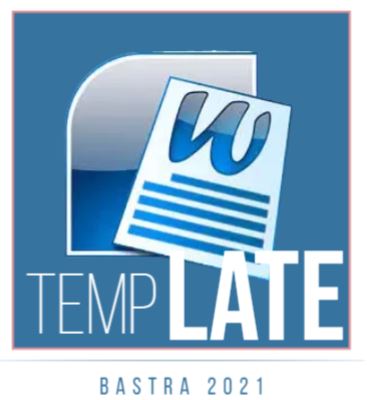PEMBELAJARAN BERBASIS E-LEARNING SEBAGAI BENTUK INTEGRASI TEKNOLOGI INFORMASI DAN KOMUNIKASI DALAM KURIKULUM BAHASA DAN SASTRA INDONESIA
Keywords:
e-learning, integration, technology, learning, curriculumAbstract
E-learning is a teaching and learning with computers and technology associated with computers, particularly through the use of the internet that can facilitate the process of interaction of learners with the other learners, learners with sources and digital media, learners with teachers, and learners with a community that is not limited by space and time. Utilization of information and communication technology (ICT) into the e-learning based learning become a priority in the development of the education system to conform to the demands of globalization. Integration technology is defined as the use of various forms of ICT, including the sources of information on the website, multimedia programs, learning objects, and other technological devices, to improve learning. Utilization of ICT in e-learning system also increases the autonomy of learners in learning activities. A dynamic perspective on learners’ autonomy of learning implies their self-awareness to balance their individual experiences in a social context which is facilitated instructionally and experimentally. Access to the online multimedia based learning environment allows learners to choose a variety of appropriate equipment and learning to the objectives and their personal choice and enabling them to adjust or balance their individual and social dimensions of learning. The Internet also provides access to the authentic text, video, and audio that can be adapted to the learning of language and literature.
Downloads
Published
How to Cite
Issue
Section
License
Authors who publish with PENTAS agree to the following terms:
Authors retain copyright and grant the Engagement right of first publication with the work simultaneously licensed under a Creative Commons Attribution License (CC BY-SA 4.0) that allows others to share (copy and redistribute the material in any medium or format) and adapt (remix, transform, and build upon the material) the work for any purpose, even commercially with an acknowledgement of the work's authorship and initial publication in BASTRA.
Authors are able to enter into separate, additional contractual arrangements for the non-exclusive distribution of the journal's published version of the work (e.g., post it to an institutional repository or publish it in a book), with an acknowledgement of its initial publication in BASTRA.
Authors are permitted and encouraged to post their work online (e.g., in institutional repositories or on their website) prior to and during the submission process, as it can lead to productive exchanges, as well as earlier and greater citation of published work (See The Effect of Open Access).

This work is licensed under a Creative Commons Attribution-ShareAlike 4.0 International License.








